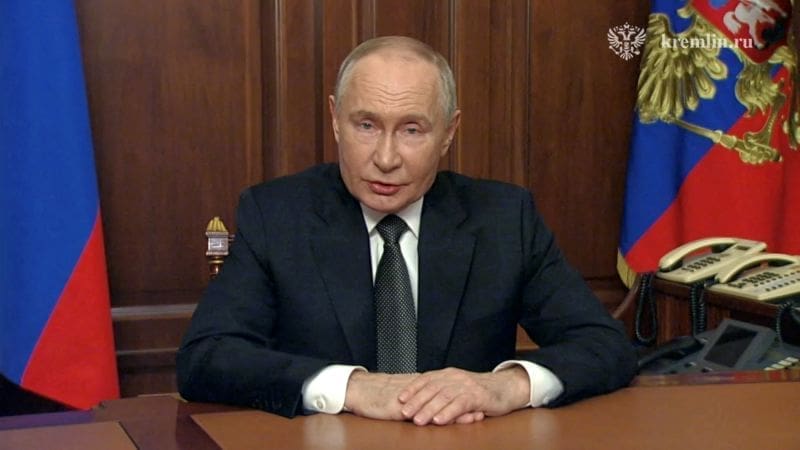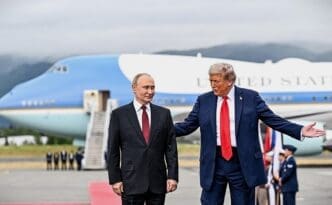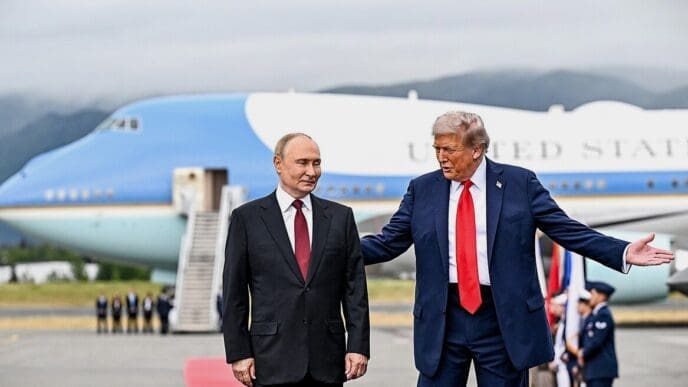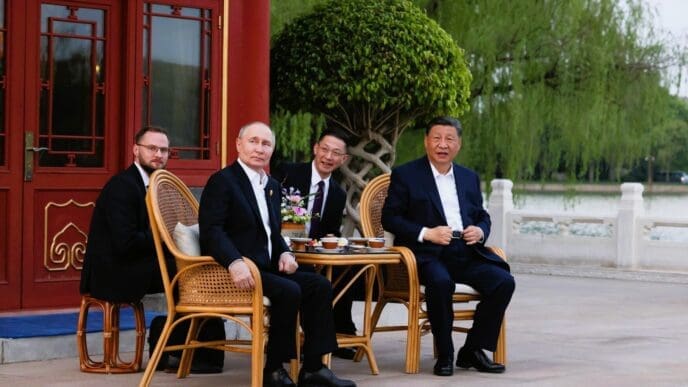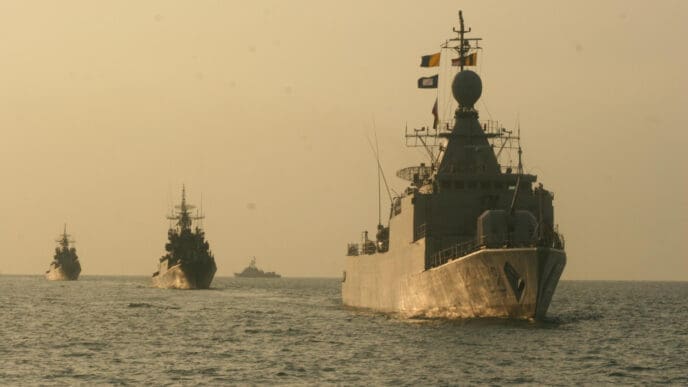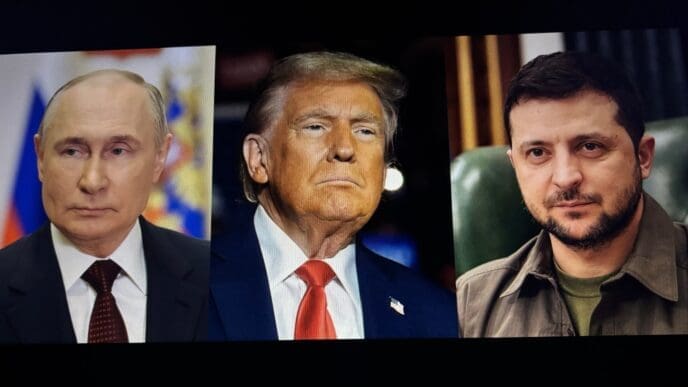The past week witnessed a rapid escalation in the Ukraine conflict, marked by rare military actions and strategic dialogues that could reshape the ongoing war. The series of events unfolded with the United States authorizing Ukraine to launch American-supplied missiles into Russian territory, an unprecedented move in the conflict.
This action by the White House, executed swiftly on a Monday, prompted a significant reaction from Moscow. Russia retaliated by deploying an experimental missile, known as the ‘Oreshnik,’ which is equipped with hypersonic speeds and multiple warheads typically designed for nuclear payloads. This missile struck Dnipro on Thursday, with Russian President Vladimir Putin asserting its capability to bypass all Western air defenses. Both the United States and Russia accused each other of reckless behavior, though neither seems inclined towards direct conflict. Instead, they are becoming increasingly involved in Ukraine’s complex and global battle.
The week’s events opened with talks of peace that stirred agitation. German Chancellor Olaf Scholz unexpectedly broke a diplomatic silence by reaching out to Putin, ending a two-year hiatus of direct dialogue between major Western leaders and the Kremlin. Scholz’s motive appeared to be partially influenced by domestic political considerations as he sought favor with pro-Russian voters in Eastern Germany. His actions, however, drew ire from Ukraine and Poland, and quiet discontent from France and the UK.
The authorization from President Joe Biden to use missiles within Russian borders did not seem directly linked to Scholz’s call. Rather, it was tied to concerns over North Korean troops reportedly joining Russian efforts. Likewise, Putin’s use of the Oreshnik missile was seen as an escalatory step, part of a broader strategy that had been anticipated by both Moscow and Washington for months.
The crux of the matter lies in the specifics of the Oreshnik missile. While much about the missile remains disputed, assessments commonly agree that it is a new, possibly hypersonic missile, though not nuclear in this instance. Its deployment represents a concerning development for both Ukraine and its allies, contributing to heightened anxieties. Meanwhile, Kyiv’s strategic landscape is becoming increasingly precarious, with potential threats around the Donbas region and intensified pressure in southern territories.
The most pressing issue is the deteriorating situation along the front lines. Reports from the UK’s Defence Intelligence highlighted an ‘unstable’ battlefield, reflecting the struggles faced by Ukrainian forces. The Biden administration is considering further military support, including anti-personnel mines and additional ammunition, to counteract Russia’s advances. Yet, as the conflict stands, Russia seems poised to gain territorial advantages as winter approaches.
As these dynamics unfold, discussions of diplomatic resolutions are accelerating, although no tangible outcomes have been realized. The push towards a more favorable negotiating position risks intensifying the conflict. This period of volatility underscores the precarious balance of power playing out on the world stage and the potential for swift changes in the geopolitical landscape.
The recent developments in Ukraine highlight the fragile and rapidly changing nature of international conflicts. As global powers navigate these turbulent waters, the stakes remain high, and the actions taken by each player could have far-reaching implications beyond the immediate region.
Source: Edition.cnn


